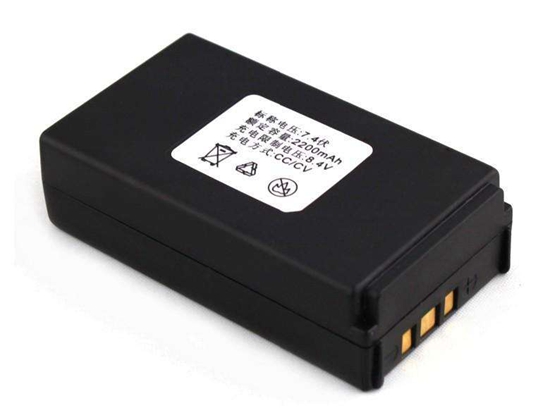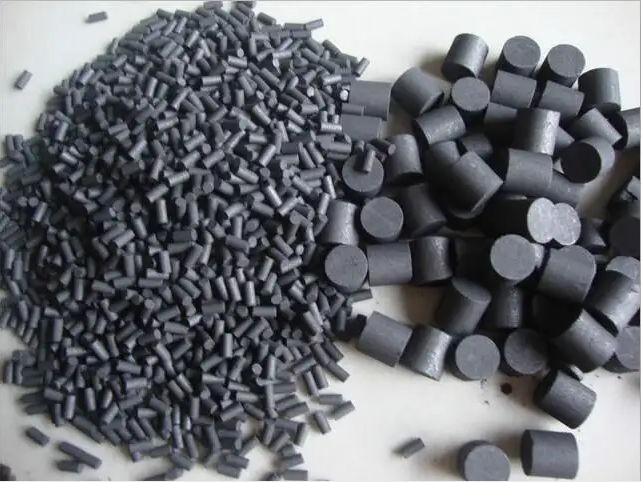Thermal Stability of The Electrolyte
This paper introduces the research progress of lithium ion battery safety from the thermal stability of electrolyte.
1、Lithium-ion battery thermal runaway risk
The main heat production of lithium-ion batteries comes from the electrolyte. To solve the battery safety problem, we must adhere to the principle of intrinsic safety, starting from the positive and negative materials and the electrolyte composition.
Explore how to improve the composition to improve the safety of the battery, while ensuring a balance between safety and economic benefits.Due to a series of exothermic chemical reactions in the electrolyte under the action of high temperature, the irreversible heat of the battery accumulates a lot.In order to prevent the spread of thermal runaway, it is especially important to set up means to block the occurrence of safety accidents, such as insulation materials and cooling measures between battery cells.Also consider whether in the event of a fire and explosion accident, how to save the loss to a minimum, that is, there must be corresponding fire-fighting measures.In order to gain a deeper understanding of the risk of thermal runaway, it will be analyzed in the following content.

2、electrolyte thermal stability analysis
The thermal stability of the electrolyte is affected by the combination of the alkyl carbonate organic solvent and the lithium salt. In order to optimize the performance of the battery, the alkyl carbonate organic solvent must meet the characteristics of wide operating temperature range and high conductivity.Commonly used organic solvents are mainly cyclic carbonate compounds such as ethylene carbonate (EC), propylene carbonate (PC) and chain carbonates ,such as dimethyl carbonate (DMC), diethyl carbonate (DEC), carbonic acid. Methyl Ethyl Ester (EMC).
Lithium salts are mainly LiPF6, LiBF4, LiBOB, LiTFSI, etc.Electrolyte lithium salt must meet the characteristics of good thermal stability, high ionic conductivity and good solubility.The thermal stability of the electrolyte system is mainly affected by the environmental conditions, which is complex and variable.The thermal stability of the lithium salt itself is different from the thermal stability of the electrolyte. The thermal hazard of the electrolyte is larger than that of the mixed organic solvent without lithium salt.

Based on the C80 microcalorimeter analysis, the thermal stability of the four lithium salts in argon is: LiTFSI < LiPF6 < LiBOB < LiBF4.
For the thermal stability of the electrolyte alone, Sino-Technology University and Kyushu University related scholars conducted research.
The electrolyte lithium salt is 1 mol·L - 1 LiPF6, and the organic solvent is a combination of different alkyl carbonate compounds.By measuring the heat release rate, it was found that the ignition time based on the EC /DEC mixed system electrolyte was shorter.The temperature at which the 1 mol·L - 1LiPF6 /EC + DMC electrolyte exhibits an exothermic peak is 15 to 20 °C higher than that of the DEC-based electrolyte.The thermal stability of the electrolyte based on EC /DEC mixed system is poor.Compared with ordinary hydrocarbons, the electrolyte has a higher heat of vaporization and lower combustion heat. When the electrode material coexists with the electrolyte, the thermal stability of the coexisting system is related to the composition and mass ratio of the two components.
High quality graphite manufacturer
If you need graphite powder, please feel free to contact: sales@graphite-corp.com







